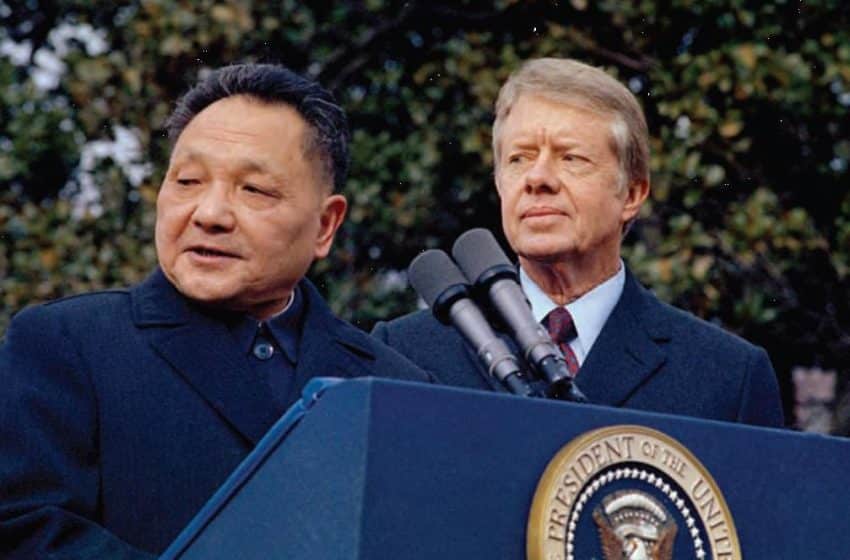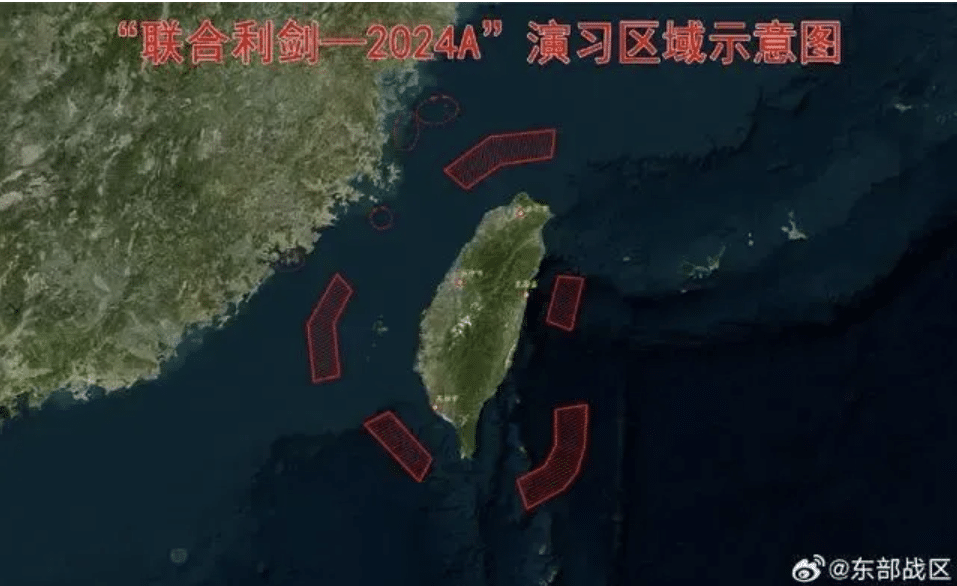China Deepens Its Footprint in Iran After Lifting of Sanctions
China’s president, Xi Jinping, left, with his Iranian counterpart, Hassan Rouhani, in Tehran on Saturday.CreditEbrahim Noroozi/Associated Press
ZARRINABAD, Iran — Rising from the yellowish, treeless plains so typical for central Iran stands a square labyrinth of pipes and conveyor belts, topped by a silver chimney that glitters in the summer sun.
Sanctions against Iran failed to halt the construction of the complex, a steel mill that went into operation in September and now churns out ingots and billets. The sanctions also did not stop Sheng Kuan Li, a Chinese businessman, from pouring $200 million into the project.
Mr. Li is one of many Chinese investors who in recent years worked around the sanctions imposed on Iran by the United States and other world powers over Tehran’s nuclear program.
His steel mill and other similar endeavors are the result of a strategic pact that gives China a much-needed western gateway to Middle Eastern markets and beyond, and that has saved Iran from international isolation and economic ruin.
On Saturday, both countries agreed to increase trade to $600 billion in the coming decade.
That agreement was made during a meeting between Iran’s leaders andChina’s president, Xi Jinping, who late last week became the first foreign leader to visit Iran after most international sanctions were lifted. China has relied on Iranian oil and views the country as a vital link in Mr. Xi’s so-called Silk Road strategy, an ambitious agenda that seeks to extend China’s economic influence westward.
“Where we had to stand on the sidelines, the Chinese have been filling the void,” said a European diplomat who spoke on the condition of anonymity to discuss strategic considerations. “They are way ahead of all of us.”
The deep Chinese footprint in Iran does not manifest itself only in the tens of thousands of inexpensive cars that have flooded the streets of Tehran in the past few years. Investors like Mr. Li, who has built two other factories here, as well as Chinese state companies, are active all over the country, building highways, digging mines and melting steel.
In Tehran, the Chinese have been involved in the construction of a huge elevated expressway and the building of the Niayesh Tunnel, which at more than three and a half miles will be one of the longest urban tunnels in the world. The city’s metro system was built from scratch, starting in 1995, with Chinese capital and Chinese engineers. The train cars that run on it are Chinese, too.
“Westerners visiting the capital often wonder how we managed to pull off such ambitious projects during the heaviest sanction regime in history,” said Mohammad Reza Sabzalipour, Iran’s World Trade Center representative. “Well, we did it with the help of our Chinese friends.”
Thirst for cheap crude oil and enthusiasm for the Silk Road project, which incorporates the goal of unlocking China’s isolated western provinces, brought the Chinese to Iran, the only country in the Middle East where the United States had no presence.
Iran had long welcomed the relationship, but after sanctions started to squeeze the economy at the end of the last decade, the country gained a special status, and China’s slow but steady advance here began.
“We are Iran’s biggest trading partner for six years in a row,” Mr. Xi wrote in an open letter to the Iranian people, Xinhua, China’s state news agency, reported on Thursday, a day before his arrival on a Middle East tour that will also take him to Saudi Arabia and Egypt.
During the Iran-Iraq war, China sold weapons, including Silkworm missiles, to Iran.
China looked the other way when the Iranians sought to advance their missile technology, and assisted in developing the country’s nuclear energy program.
“After the revolution we exchanged the Western frowns with the smiles from the East,” said Asadollah Asgaroladi, one of Iran’s wealthiest businessmen and the head of the Iran-China chamber of commerce. “They continue to smile at us.”
So the two countries, which were connected by the old Silk Road, have embarked on building a new one.
“China has considerable strength in capital, technologies, equipment and other areas,” Mr. Xi wrote in his letter. “Iran has rich resources, ample labor force and huge market potential, and it is in the crucial stage of industrialization and modernization.”
In the last decade, trade started gravitating toward China and away from Germany, Iran’s traditional partner, with a business volume of more than $30 billion annually. Iran exported $19 billion in crude oil and petrochemical products and imported $17 billion in goods and services in 2013.
Iran’s other big petroleum customers, South Korea and Japan, were persuaded by the United States to halve their purchases of Iranian light crude.
China did not play along.
“They are an independent country,” Mr. Asgaroladi said. “They don’t allow the Americans to tell them what to do. So they buy our oil, now and in the future.”
On Saturday, the Chinese president sat down with Iran’s supreme leader, Ayatollah Ali Khamenei, who told him that “Iranians had never trusted the West.” That was why Iran was seeking more cooperation with independent countries, Ayatollah Khamenei said, clearly indicating China.
In order to ease Chinese oil payments to Iran, a bank was created, Mr. Asgaroladi said.
Although that institution, the Bank of Kunlun, was formed to handle oil money, Reuters, quoting a Western intelligence report, said in 2014 that the elite Quds Force of the Islamic Revolutionary Guards Corps also used the bank for payments.
The Chinese may have no qualms about buying Iranian oil, but they take care not to violate United States sanctions on banking transactions because of their extensive use of American banks, Mr. Asgaroladi said.
“The Ministry of Oil’s money is deposited in accounts in this bank,” he said. “We use 30 to 40 percent to make cash payments for purchases elsewhere in Asia, and the rest is used to finance projects in Iran and buy Chinese items.”
During a visit last summer to Mr. Li’s steel mill, near the village of Zarrinabad, Chinese laborers were sweeping in preparation for its opening.
Speaking through an interpreter, Mr. Li said that he became interested in Iran after relatives told him that it was an interesting place to invest, and that he came here in 2010. While he refused to go into details of how the money for the project arrived, he said it involved a “private transfer,” essentially a money swap that was based on trust and that avoided traditional banking routes.
Mr. Asgaroladi said Mr. Li had received financing through the Chinese government but did not say how that money made it to Iran. “We do a lot of bartering,” he said.
“If all goes well, we will have a yearly output of 600,000 tons of steel,” an assistant to Mr. Li said. In August, the plant — which has a private train, 700 mostly Chinese employees and a huge exhaust tower — was officially opened in the presence of Iranian and Chinese officials.
China took the opportunity the sanctions offered, said Mr. Sabzalipour, the Tehran World Trade Center representative. Of course, for outsiders, it seems as if the Chinese have ignored the economic cordon against Iran, he said.
“On the other hand, I think it was never the intention to destroy our economy, just make us feel pain,” he said. “So perhaps the Americans intentionally looked the other way when China threw us this lifeline.”
By THOMAS ERDBRINK JAN. 25, 2016 in The New York Times








